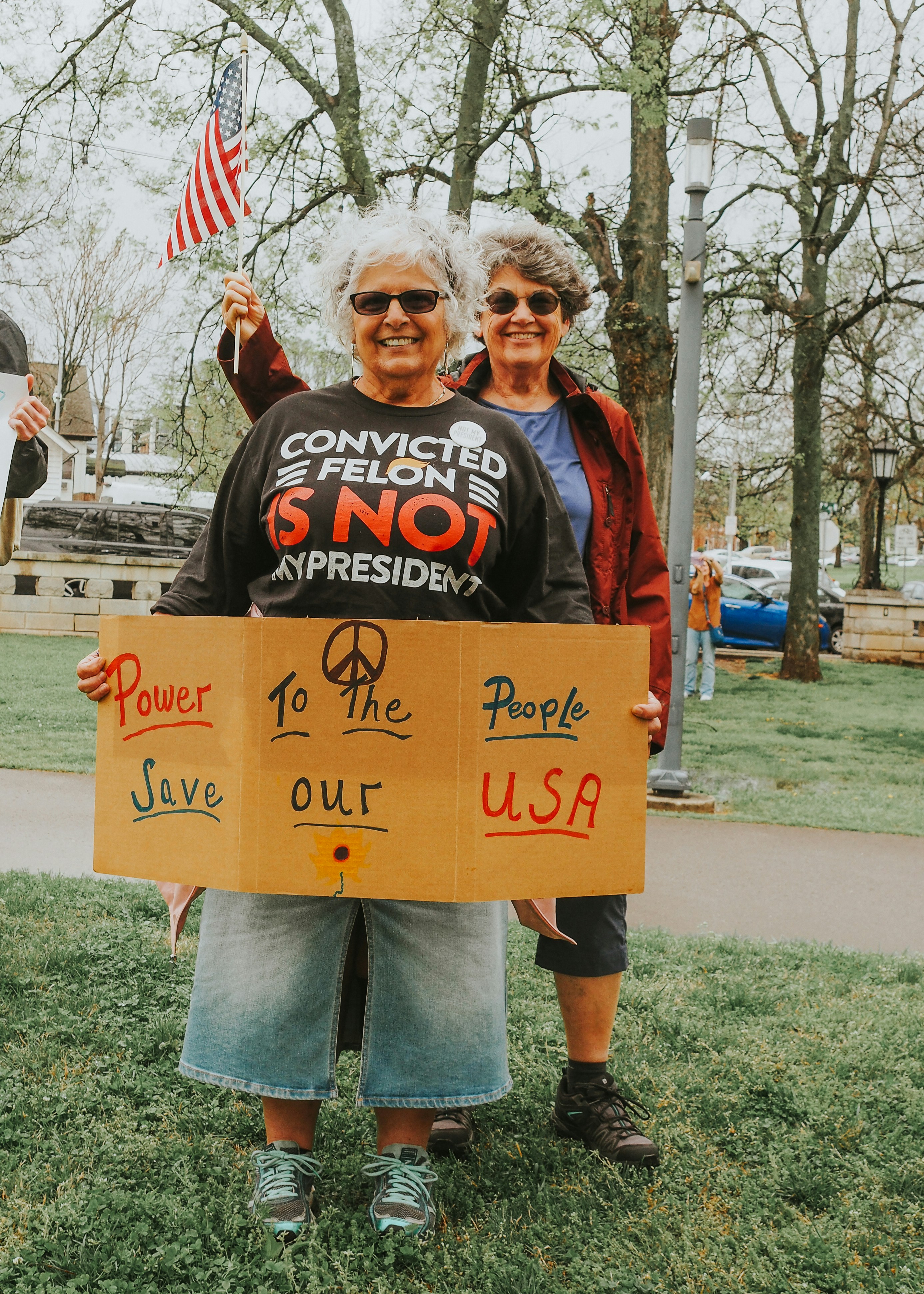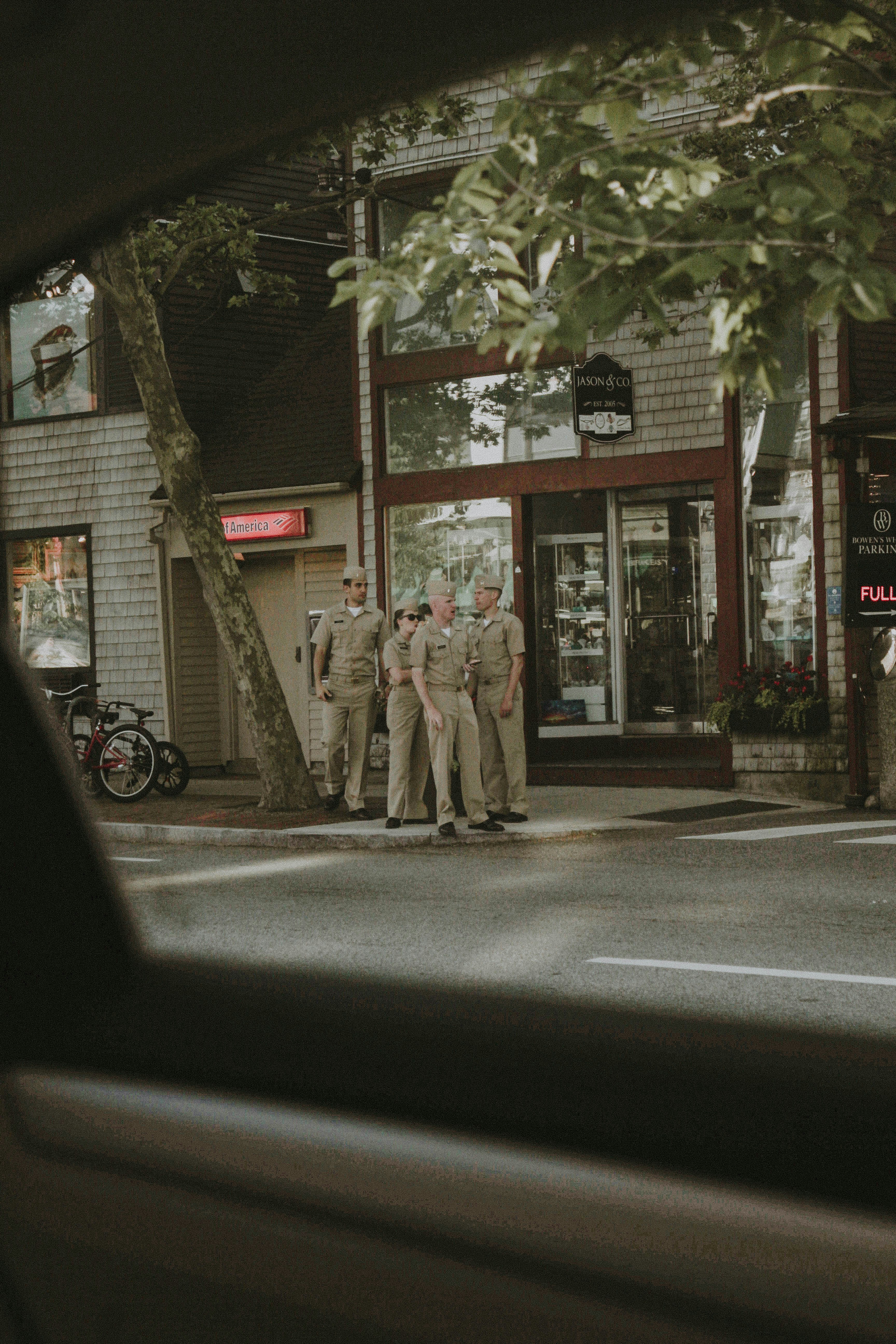Types of Housing in America
The United States offers a wide variety of housing options to accommodate different lifestyles, preferences, and budgets. From urban high-rises to suburban single-family homes, Americans have access to diverse living arrangements that cater to their specific needs.

A typical suburban neighborhood in America
Single-Family Homes
The classic American dream often centers around owning a single-family home with a yard and private space. These detached houses are particularly common in suburban areas and smaller cities, offering residents privacy and personal outdoor space. Single-family homes come in various architectural styles that often reflect regional preferences and historical influences, from Colonial and Cape Cod designs on the East Coast to Spanish-style homes in the Southwest.
Apartments and Condominiums
In urban areas, apartments and condominiums are popular housing options. Apartments are rental units within multi-unit buildings, while condominiums (condos) are similar in structure but are owned rather than rented. Both provide amenities that may include fitness centers, swimming pools, and security services. High-rise apartment buildings are common in major city centers, offering stunning views and convenient access to work and entertainment.
Townhouses and Row Houses
Townhouses combine elements of single-family homes and apartments, featuring multiple floors within attached units. Often found in urban and suburban areas, they provide more space than apartments while being more affordable than detached houses. Row houses, particularly common in historic cities like Boston, Philadelphia, and Baltimore, are similarly structured but often have distinctive architectural features reflecting their historical periods.
Mobile and Manufactured Homes
For more affordable housing options, mobile and manufactured homes offer homeownership opportunities at lower price points. These factory-built homes can be placed in dedicated communities or on private land and provide a viable alternative for those seeking homeownership without the high costs of traditional construction.

Modern apartment buildings offer numerous amenities for residents
Regional Housing Differences
Housing styles, costs, and availability vary significantly across different regions of the United States, influenced by factors such as climate, local economics, and cultural preferences.
Northeast
The Northeast features a mix of historic and modern housing. In cities like New York and Boston, apartments and condominiums dominate, with premium prices reflecting high demand and limited space. Suburban areas showcase colonial-style homes, Victorians, and Cape Cod designs, often with higher price tags than similar properties in other regions due to land costs and historical value.
Midwest
The Midwest offers more affordable housing options with larger lot sizes. Single-family homes are common, and architectural styles include farmhouses, craftsman bungalows, and ranch-style homes. Cities like Chicago feature distinctive housing types, including the famous "two-flat" buildings unique to the area.
South
Southern housing often features designs adapted to warmer climates, with features like large porches, high ceilings, and ample windows for ventilation. Traditional southern styles include plantation-inspired homes, Charleston single houses, and modern suburban developments. Housing costs tend to be more affordable than in coastal regions, with exceptions in rapidly growing metropolitan areas like Austin and Nashville.
West
Western housing reflects diverse influences, from Spanish colonial styles in California to modern eco-friendly designs in the Pacific Northwest. Housing costs vary dramatically, with extremely high prices in coastal California cities and more affordable options inland. The region leads in innovative housing trends, including sustainable building practices and smart home technology integration.
Renting vs. Buying
The decision to rent or buy a home in America depends on various factors, including financial readiness, lifestyle preferences, and long-term goals.
Renting Benefits
- Greater flexibility to relocate for career or lifestyle changes
- Minimal responsibility for maintenance and repairs
- No property tax or homeowners insurance requirements
- Access to amenities like fitness centers and pools without additional costs
- Lower upfront costs compared to purchasing a home
Homeownership Advantages
- Building equity over time rather than paying a landlord
- Potential tax benefits, including mortgage interest deductions
- Freedom to renovate and personalize your living space
- Stability and protection from rising rental costs
- Long-term investment potential as property values appreciate

Urban housing options in American cities





